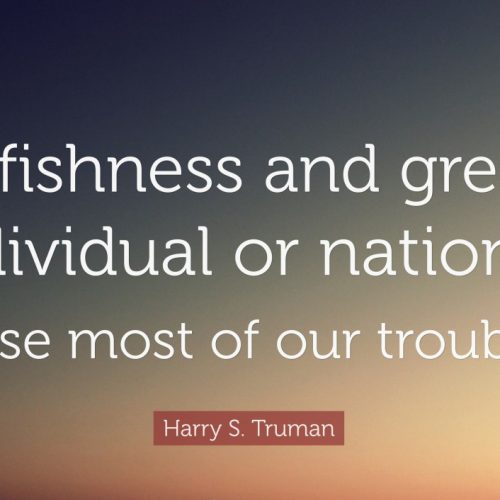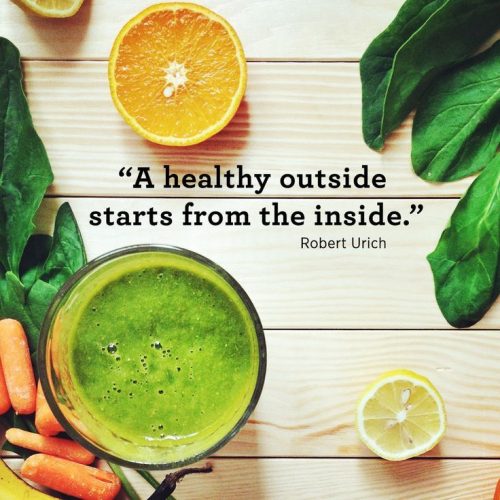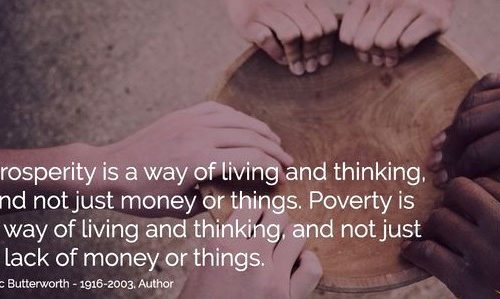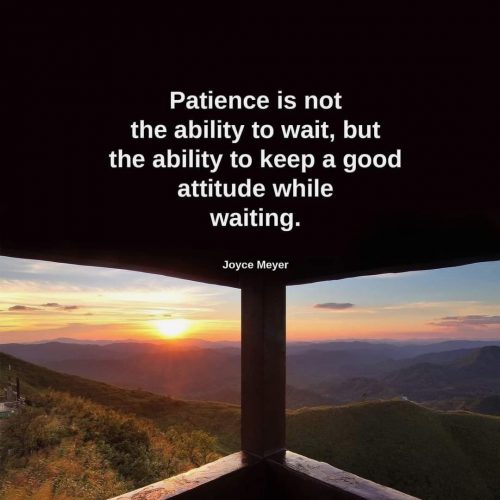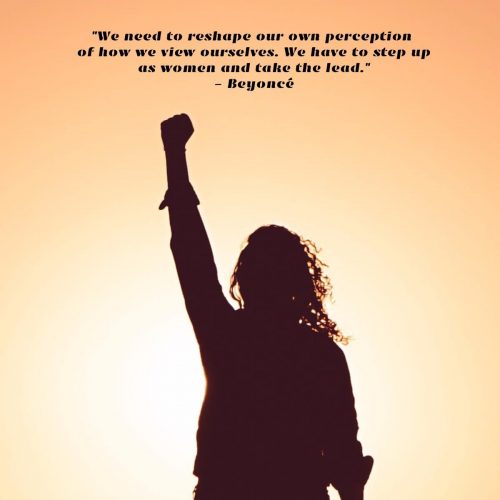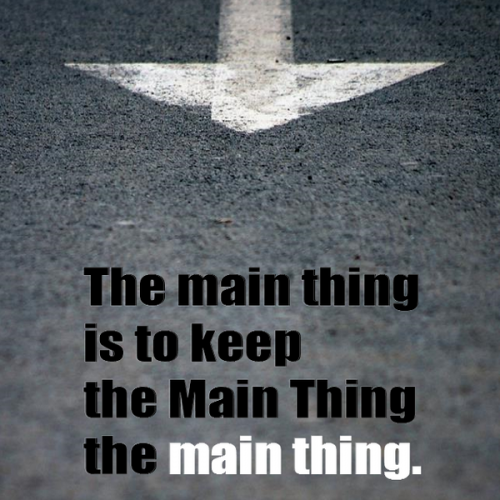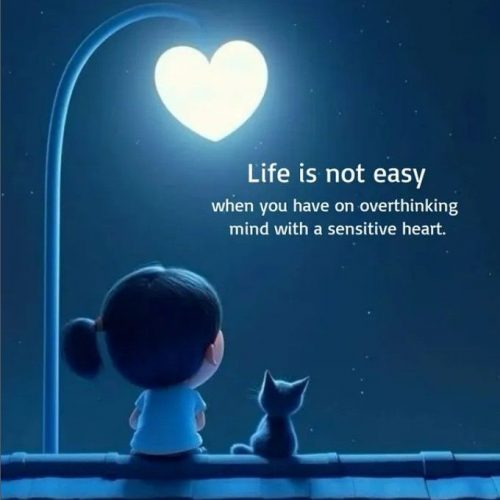《自律養生實踐家之旅347》 2018那一年後
這份工作辛苦嗎?是的。困難嗎?也是。但我始終覺得自己幸運,因為能扛起這份責任是一種殊榮,也是一種幸福。
人常說,一生能交幾位知己已屬難得;我卻體會到:一生最重要的,是先學會和自己交朋友。透過與身體合作,我才真正與自己深度相遇。
然而,因為一頭栽進工作,我忽略了妻子的陪伴,也顧不上經濟的窘境。因為我始終相信,總會有人因為課堂上的一句話而改變自己的人生。
2018年的黑函,提醒我要奮起;2022年的生命大考驗,逼迫我更加堅強。
六年多過去,回望這段不斷「歸零重來」的開課歷程,看戲的人很多,冷言旁觀的更多。每當我看見渴望改變的眼神,總能再次被觸動,於是學會忽略外界的雜音。
Is this work exhausting? Yes. Is it difficult? Absolutely. But I have always considered myself fortunate, for carrying such responsibility is both an honor and a blessing.
It is said that having a few confidants in life is already rare. I have come to realize something deeper: the most important thing in life is first learning how to befriend oneself. Through cooperation with the body, I have truly met myself at the deepest level.
And yet, plunging headlong into this work, I neglected the companionship of my wife and turned a blind eye to financial hardship. Still, I held onto one belief: that someone’s life could be transformed by just a single word spoken in class.
The smear letters of 2018 reminded me to rise again; the trial of 2022 forced me to grow stronger.
Looking back over more than six years of this cycle of “resetting and starting again,” I see countless onlookers, many watching coldly from the sidelines. But every time I meet a pair of eyes yearning for change, I am moved once more—and I learn to ignore the noise of the outside world.








